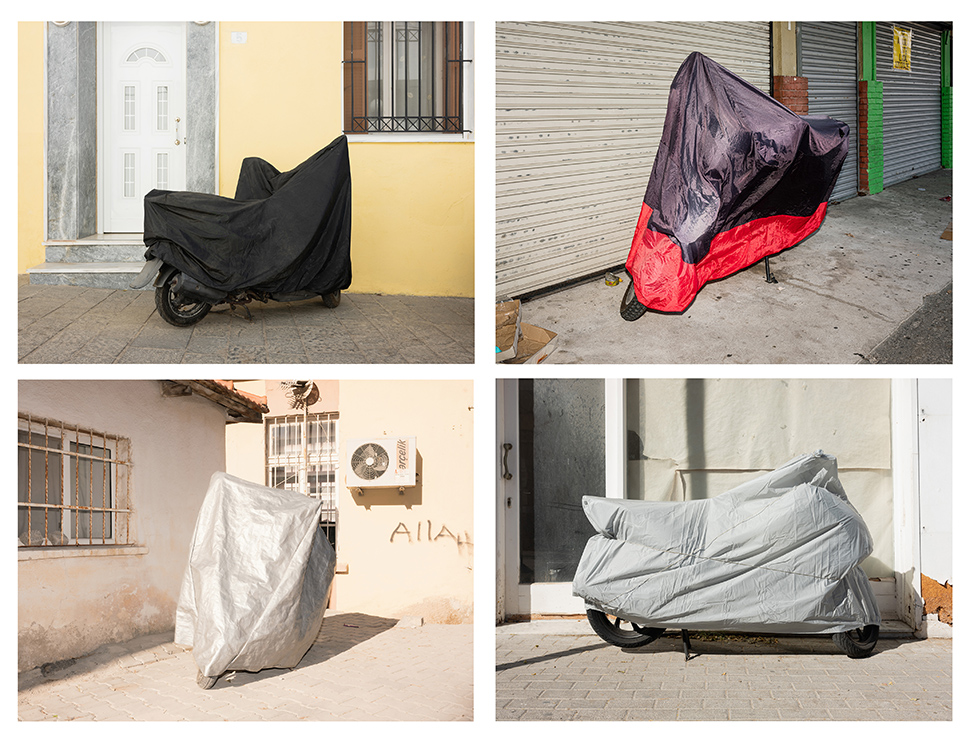The best DJI Avata prices and deals
These best DJI Avata deals will leave you flying high for less. Check out the latest camera drone offers here today

This page is dedicated to bringing you the best deals on the DJI Avata drone. The DJI Avata is one of the most talked about drones on the market and it is bringing FPV flying to the masses. As a successor to the DJI FPV, the DJI Avata builds on the original, with a cinewhoop-style design that can be flown by both amateurs and seasoned FPV professionals.
Check out our DJI Avata review and more about cinewhoop drones if you've got no clue what we're talking about, as well as the best FPV drones.
The DJI Avata comes equipped with a 48MP 1/1.7" CMOS sensor, which supports up to 4K video at 100 fps. This footage is shot with an ultra-wide 155° FOV that mimics how we see with our own eyes for a natural and realistic experience.
Best DJI Avata deals
Bringing FPV to the masses
Weight: 14.5 oz / 410 g | Dimensions: 180.0 x 80.0 x 180.0 mm | Sensor: 1/1.7"-Type CMOS Sensor | Camera resolution: 48 Megapixel | Maximum aperture: ƒ/2.8 | Video Resolution: 4K at 100fps | Gimbal: 3-axis
The footage is stabilized in two ways using RockSteady 2.0 EIS and HorizonSteady EIS. RockSteady EIS works to reduce camera shake, while HorizonSteady locks the Avata's footage to a level horizon. Unlike its predecessor, this drone is more conventional in design than the DJI FPV, which helps its looks. The ‘whoop’ frame shape, with propellors surrounded by firm guards, is long established in the enthusiast market.
The difference is that a good-quality camera (like a GoPro) needs to be attached afterward if high-end footage is needed. Enthusiasts tend to add one camera (like a GoPro) to record while piloting with another. The latter, the FPV camera, is often analog, though pricey digital alternatives are available (one from DJI).
If you want to fly FPV, and capture amazing footage then getting the soldering iron out and assembling a kit of parts is no longer essential. We also felt the Avata’s camera stabilization system seems to produce much smoother 4K footage than the traditional GoPro piggy-backing on a self-build – it, after all, connected in a way a separate camera is not.
You might also like our expert guide to the best DJI drones and the best camera drones. Do you understand the latest drone rules and regulations?
The best camera deals, reviews, product advice, and unmissable photography news, direct to your inbox!

For nearly two decades Sebastian's work has been published internationally. Originally specializing in Equestrianism, his visuals have been used by the leading names in the equestrian industry such as The Fédération Equestre Internationale (FEI), The Jockey Club, Horse & Hound, and many more for various advertising campaigns, books, and pre/post-event highlights.
He is a Fellow of the Royal Society of Arts, holds a Foundation Degree in Equitation Science, and holds a Master of Arts in Publishing. He is a member of Nikon NPS and has been a Nikon user since his film days using a Nikon F5. He saw the digital transition with Nikon's D series cameras and is still, to this day, the youngest member to be elected into BEWA, the British Equestrian Writers' Association.
He is familiar with and shows great interest in 35mm, medium, and large-format photography, using products by Leica, Phase One, Hasselblad, Alpa, and Sinar. Sebastian has also used many cinema cameras from Sony, RED, ARRI, and everything in between. He now spends his spare time using his trusted Leica M-E or Leica M2, shooting Street/Documentary photography as he sees it, usually in Black and White.


